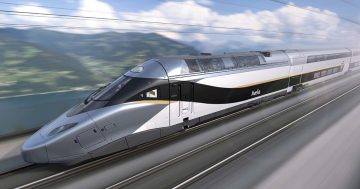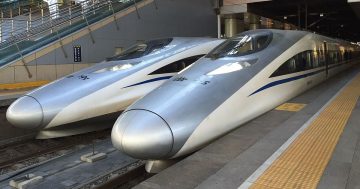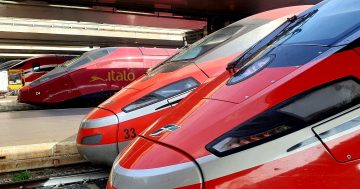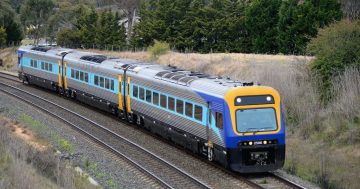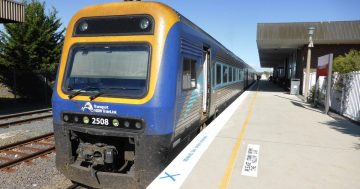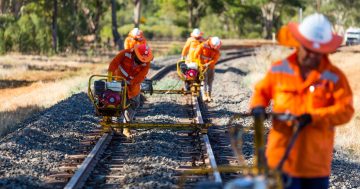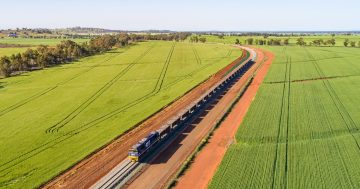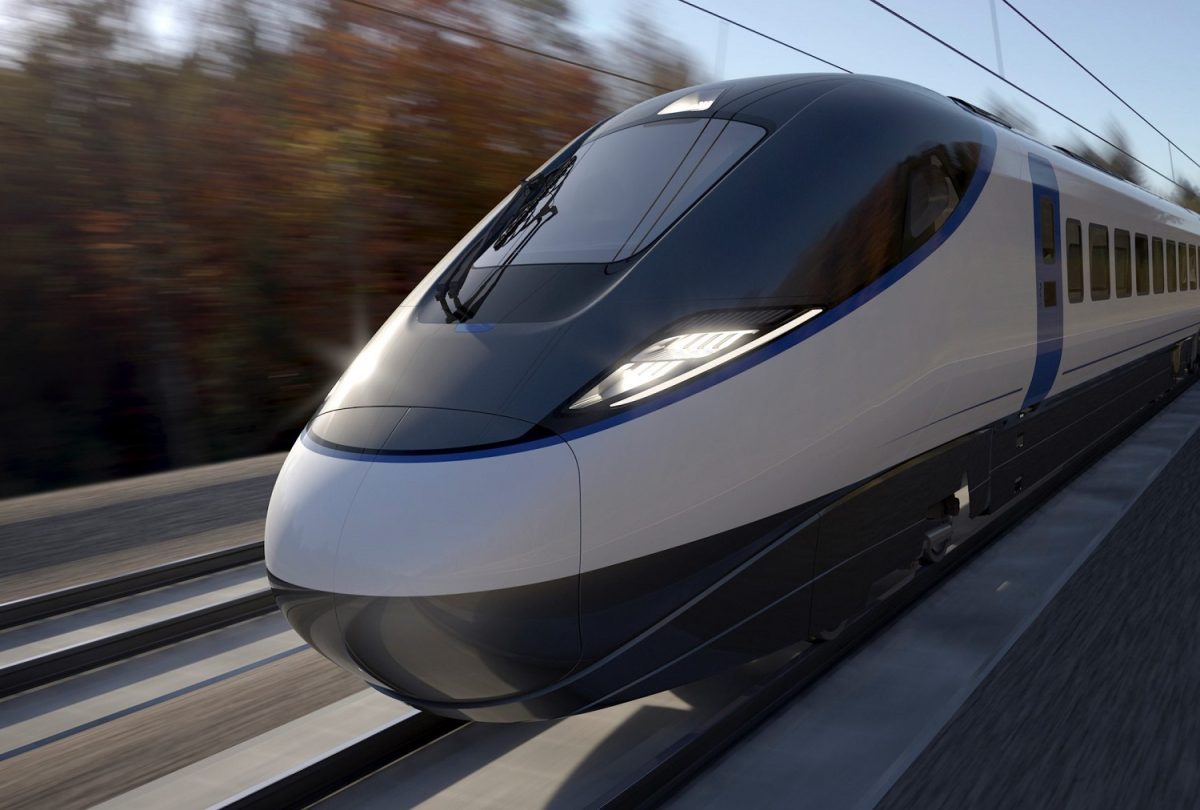
The UK’s HS2 network project is already three years and more than $23 billion over budget. Image: HS2.
Seeking details to study a possible Australian high-speed rail link, Federal Transport and Infrastructure Minister Catherine King has visited the UK to be briefed on its new High Speed 2 (HS2) rail project.
Designed as a successor to the original HS1 which connected London to the Channel Tunnel in 2007, HS2 is a new network that will link London to the UK’s midlands and northwest, including Birmingham, Nottingham, Sheffield, Manchester, Liverpool, Edinburgh and Glasgow. It’s touted as the largest infrastructure project currently underway in Europe.
Ms King met with the UK’s Secretary of State for Transport Mark Harper, and Mayor of the West Midlands Andy Street in Birmingham to be briefed on the project.
“Australia and the United Kingdom share an ambitious vision for high-speed rail in our respective countries,” Ms King said in an 18 July release. “The Australian Government is committed to the delivery of high-speed rail and has established the High Speed Rail Authority to oversee the development of a network along the east coast of Australia.
“My trip to the UK offers important opportunities to leverage Britain’s considerable expertise to assist with delivering our high-speed rail investment.”
After a 2022 undertaking by the Labor Government to study the feasibility of high-speed rail, the High Speed Rail Authority was established earlier this year with its board appointed last month. One of the board members is CEO of HS1, Dyan Perry (Crowther).
“High-speed rail in the UK was previously developed under the HS1 network,” the minister said. “The new HS2 network aims to provide additional capacity, cut carbon emissions and provide better connectivity – all important shared priorities.
“It was valuable to hear from our British partners on lessons learnt from developing and delivering high-speed rail in the UK, and how these might apply to Australia.”
Despite being closely studied by the minister, HS2 appears a less than ideal model for Australia’s HSR ambitions. Originally scheduled to have the first link between Birmingham and London completed in 2026, this is currently running more than three years behind schedule and £12 billion (A$23 billion) over budget.
The first priority for the government is to study the feasibility of a high-speed rail link between Sydney and Newcastle, but the ultimate goal is to link Brisbane and Melbourne via Newcastle, Sydney, the NSW Southern Highlands, Canberra and Wagga Wagga.
“High-speed rail is a project that requires time to build, making it crucial to learn about timeframe challenges experienced in the UK when delivering on our commitments at home in Australia,” the minister said.
In a separate interview with NINE Newspapers while in the UK, Ms King said she hoped the Sydney to Newcastle link would be established within 30 years but refused to put a deadline on the project.
“I’m trying to pick people’s brains about what to do right, what to be wary of,” she told NINE. “One of the other things I certainly pulled out of HS1 meetings… was use existing corridors, use existing routes, particularly in the way in which you’re engaging communities along the way.
“Infrastructure projects really blow out when you’re not very clear from the start exactly what it is that you’re doing, and changing scope constantly and changing design features just adds substantially to the cost.”
In related news, now that the High Speed Rail Authority Board is in place, it has commenced its search for a Chief Executive Officer.
In a 26 July release, Minister King said the selection of the CEO would be a merit-based process, with the role expected to work closely with the Board to lead the Authority and advise Government on the planning, construction and operation of a high-speed rail network.
“We are on the lookout for an accomplished and respected leader, with the experience and expertise in managing large and complex transport infrastructure operations to progress high speed rail,” Ms King said.












